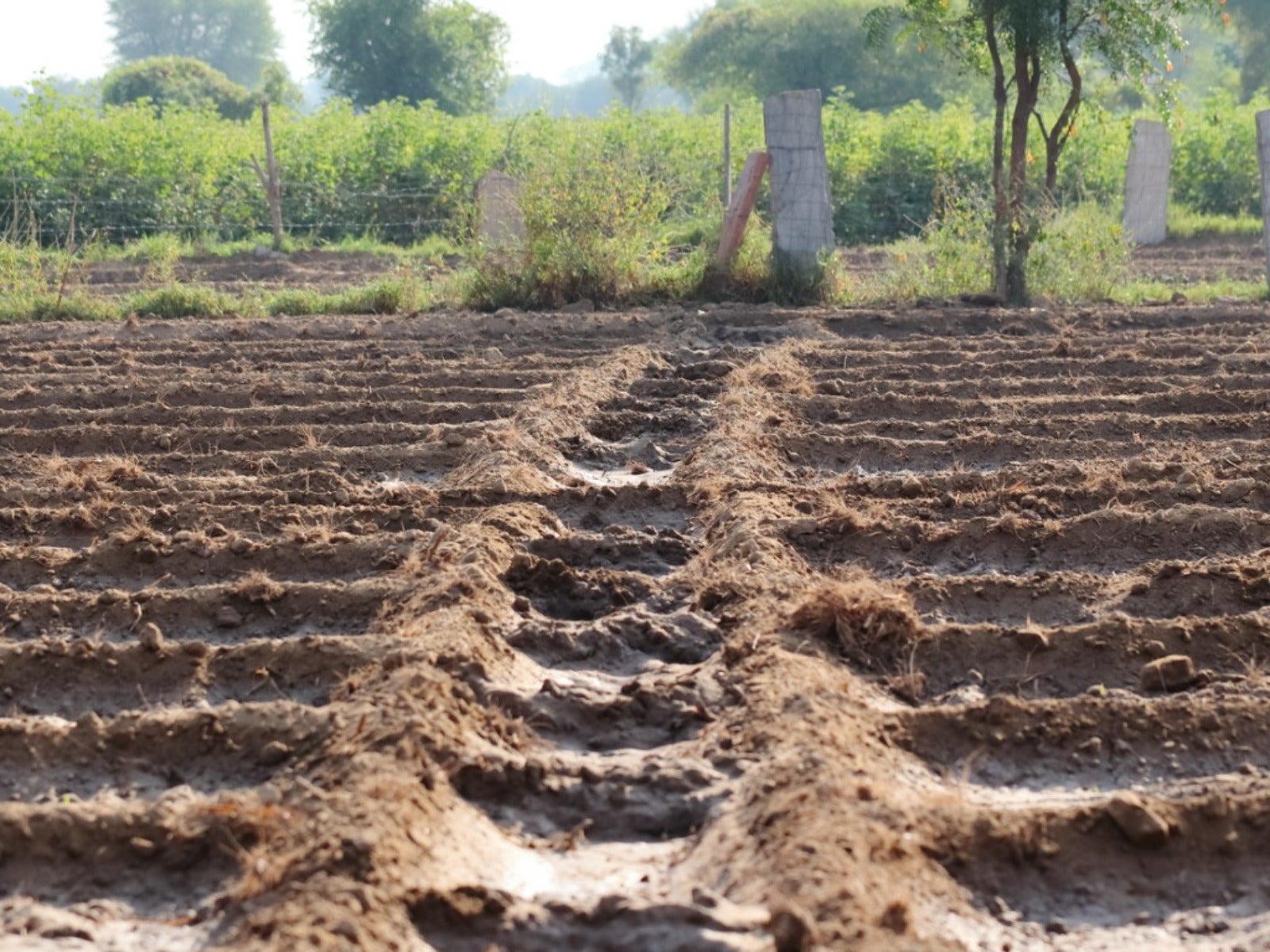How To Plant A Waffle Garden In Dry Desert Soil

Due to the effects of global warming water conservation is a hot topic, especially when it comes to gardening in arid environments. Conservationists, scientists and gardeners have come up with many water saving techniques, but one need only look back a mere 4,000 years to the Zuni waffle garden to solve the issue of limited water in desert climates. What are waffle gardens? Waffle garden beds use a method of irrigation that is essentially the reverse of a raised bed. Keep reading to learn about waffle garden irrigation and how to implement waffle garden design in your garden.
About Waffle Gardens
The Zuni are an American Pueblo people native to the Zuni River valley in western New Mexico, who have cultivated the land for around 4,000 years. This area is notoriously dry with little annual rain. After generations of keen observation, the Zuni people began to garden using a grid of squares surrounded by berms allowing any rainfall to be diverted directly to the plants.
Zuni Irrigation Design
Called Latdekwi, waffle gardens were used like a kitchen garden -- only large enough for a single extended family to manage and utilize. But there was a bigger picture.
The area farmed by the Zuni was not only water-scarce, but the soil was also inhospitable. To utilize the richer soil and water flow found on the surrounding mesas, the Zuni used terracing to filter the water down to fields placed on alluvial fans. The resulting fields allowed farmers to reroute runoff and rich soil washed down from the upper watersheds.
How to Create Waffle Garden Beds
While the Zuni used waffle gardens to grow crops such as chilies and tobacco, today’s gardeners can benefit from this ancient practice.
Sizes may vary slightly, but generally the plan is to build interlocking planting areas of around 2 feet (61 cm) square, and encase them with berms or walls of soil. The berms should be a couple of inches (5 cm) tall -- tall enough to contain any water runoff and allow it to filter down to the plants roots.
The finished product should look much like a waffle, with the plants in the depressions of the waffle where the syrup would pool. Of course in this case the depressions will hold water close to the plant’s root system.
Gardening tips, videos, info and more delivered right to your inbox!
Sign up for the Gardening Know How newsletter today and receive a free copy of our e-book "How to Grow Delicious Tomatoes".
A similar albeit larger method is that of a garden wherein 10 foot grids are bordered with rocks. This method has also been used in dryland farming.
In either case, both gardens would be mulched with sand, gravel or rock to conserve water and slow evaporation, as well as to reduce water runoff.
Zuni waffle gardens were used until 1904 when a dam was built over the Zuni river. But modern gardeners can take a page from these people by conserving and capturing available water for a dryland garden.

Amy Grant has been gardening for 30 years and writing for 15. A professional chef and caterer, Amy's area of expertise is culinary gardening.